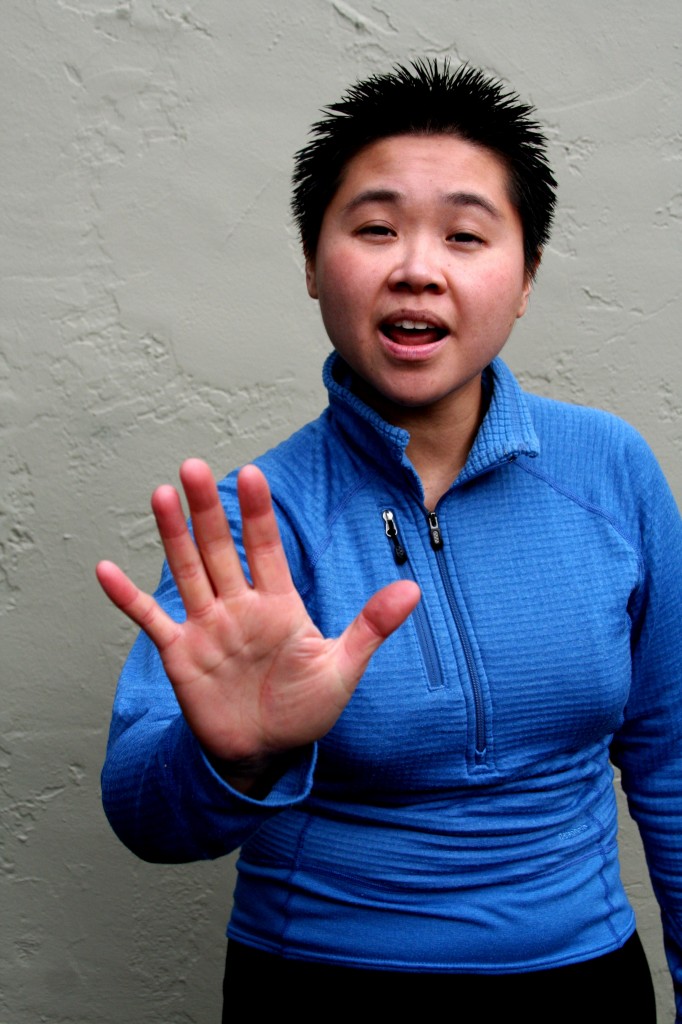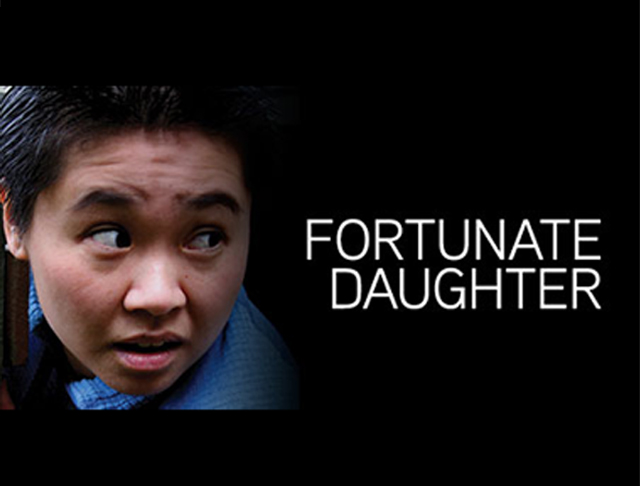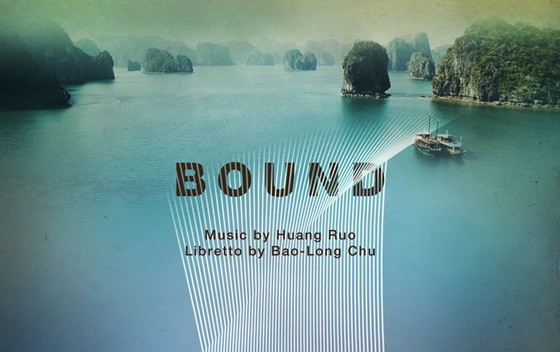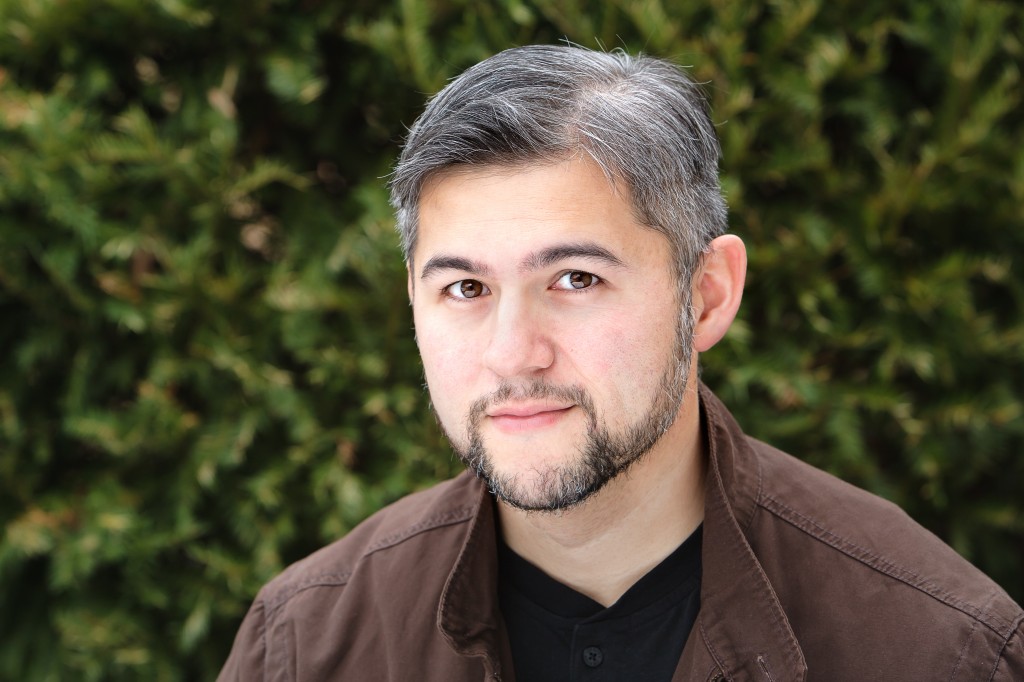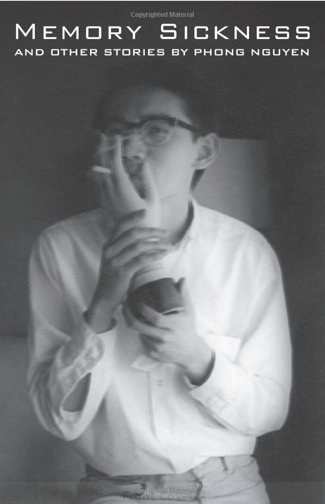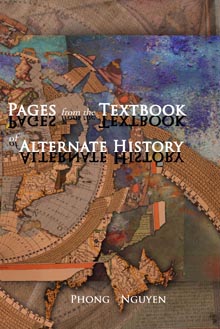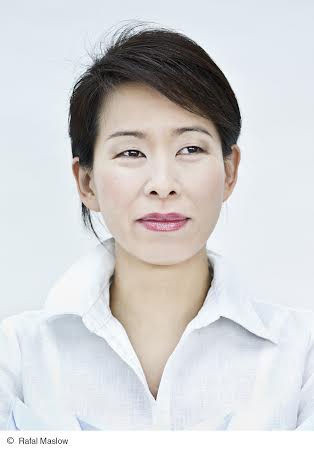
The Diasporic Vietnamese Artists Network and the Asian Pacific Islander Cultural Center are proud to present the Fourth San Francisco Diaporic Vietnamese Literary Festival on Saturday, April 19, 2014 at the African American Art and Culture Complex (762 Fulton St, SF.)
In the approaching weeks, we will highlight our writers and artists with a Q&A and a tantalizing taste of their work. We hope you will enjoy getting to know our fabulous roster of writers and artists, and join us in celebrating their work in April!
Have you subscribed to diaCRITICS yet? Subscribe and win prizes! Read more details.
Our very special guest at this year’s festival is Vietnamese American writer Kim Thuy, the author of internationally acclaimed novel Ru. Kim Thuy, a double Université de Montréal graduate, has reinvented herself several times since fleeing her native Vietnam in 1978. From the age of 10, shortly after she arrived in Quebec, she has worked as a vegetable picker, seamstress and cashier during her studies.
Since completing her degrees in law (1993) as well as in linguistics and translation (1990), she has worked as a translator, interpreter, lawyer, restaurateur, food commentator and most recently as a novelist.
Her journey is the narrative of her debut novel Ru (Libre Expression). The title of her autobiography means small stream in French or lullaby in Vietnamese. The book became an instant sensation in Quebec and France.
“Kim Thuy’s writing flows like poetry – it transports and appeases. It is powerful and evocative,” says French newspaper Le Figaro. “This first novel provides a rare feeling of bliss.”
Born in Saigon in 1968, Kim Thuy left her native Vietnam with her parents and two brothers to flee from a regime of repression. Their impossible adventure began in the nauseating hold of a fishing boat followed by a painful stay in a Malaysian refugee camp before eventually ending in Quebec, where her family learned to adapt to an extremely different lifestyle. The most memorable moments of their adventures are poetically conveyed in Ru, which resembles a series of inspiring post cards.
Montreal newspaper La Presse describes the success of Ru as a fairytale for Kim Thuy: “The fact that she is winning over the hearts of so many readers in what isn’t her native tongue isn’t surprising. ‘I am a child of Bill 101, a Francophile and a Francophone in my soul,’ she says. ‘I speak Vietnamese, of course, but it is the Vietnamese of childhood or cooking. The language in which I think and feel most is French.’
Q&A
1. How important is community and location to your identity as a writer and your writing process?
I have learned to write whenever and wherever it is possible. So, the last book was mostly written in airports and airplanes. I love these public spaces for their anonymity. Somehow they all end up looking the same, or at least with the same architectural logic, which allows me to create a world of my own, where I can pick and choose whatever I need to transform strings of words into a story with characters who do have a community and a location.
I am a bit like water: I have the shape of the container. I feel at home in new cities/countries very quickly and most of the time, I think I could live wherever I landed just some days before without even going back home to move my things. My identity is more cultural than geographical.
2. Which 3 books have you read more than 3 times?
. The Lover by Marguerite Duras – I used to know it by heart.
. The Things They Carried by Tim O’brien – I must have given away about 25 copies since I first read it in the late 90’s
. L’accordeur de silence by Mia Couto – It took me a whole year to get to the last page because I kept going back to the first page and typing /sending my favourite passages to friends.
3. Who would you be if you had not become a writer?
Even though I have no particular talents, life has always given me the opportunity to work in so many different areas–interpretation, law, restaurant cooking, radio/tv… Maybe I would have continued one of these careers or maybe, I would have become a dancer with two left feet.
4. Do you have any advice for aspiring writers and poets?
Write, write, write. And then delete, delete, delete. And write some more and delete some more.
I think writing requires a strong self-discipline and an unconditional love for words. In my case, inspiration is the original spark but would not become a fire without voluntary and conscious effort. So, maybe, like everything else, the secret is ‘hard work’.
~
Other Resources:
Interview with Kim Thuy with an audio excerpt of Ru: https://www.npr.org/2012/11/24/165563101/a-refugees-multilayered-experience-in-ru
http://www.randomhouse.ca/books/209096/ru-by-kim-thuy-translated-by-sheila-fischman
~
Excerpt from Ru:
I came into the world during the Tet Offensive, in the early days of the Year of the Monkey, when the long chains of firecrackers draped in front of houses exploded polyphonically along with the sound of the machine guns.
I first saw the light of day in Saigon, where firecrackers, fragmented into a thousand shreds, coloured the ground red like the petals of cherry blossoms or like the blood of the two million soldiers deployed and scattered through the villages and cities of a Vietnam that had been ripped in two.
I was born in the shadow of skies adorned with fireworks, decorated with garlands of light, shot through with rockets and missiles. The purpose of my birth was to replace lives that had been lost. My life’s duty was to prolong that of my mother.
[amazon_enhanced asin=”2764804636″ /][amazon_enhanced asin=”2764804636″ /][amazon_enhanced asin=”2764804636″ /][amazon_enhanced asin=”2764804636″ /][amazon_enhanced asin=”2764804636″ /]
–
Do you enjoy reading diaCRITICS? Then please consider subscribing! See the options to the right, via feedburner, email, and networked blogs.
Please take the time to rate this post (above) and share it (below). Ratings for top posts are listed on the sidebar. Sharing (on email, Facebook, etc.) helps spread the word about diaCRITICS. And join the conversation and leave a comment! Have you read Kim Thuy’s novel Ru? If so, tell us what you think!





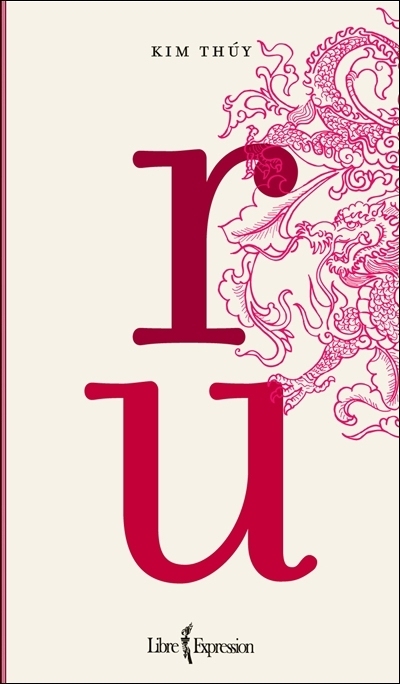

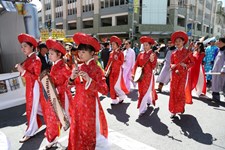 •
• •
•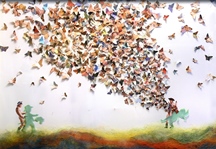 •
• •
•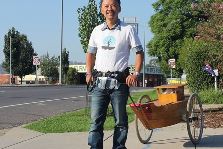 •
• • While visiting NYC,
• While visiting NYC,
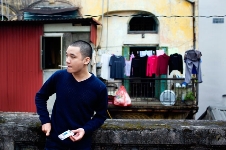 •
• •
•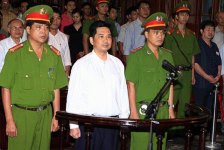 • After three and a half years in prison,
• After three and a half years in prison,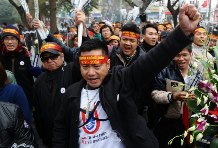 •
•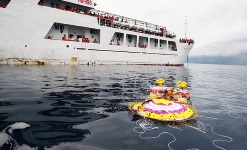 •
•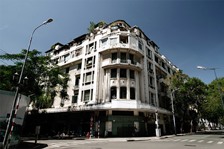 • Two
• Two •
• •
•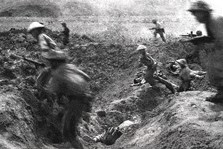 • Sixty years ago,
• Sixty years ago,  •
• •
•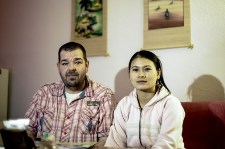 • A Vietnamese wife cannot join her German husband because she failed the
• A Vietnamese wife cannot join her German husband because she failed the


